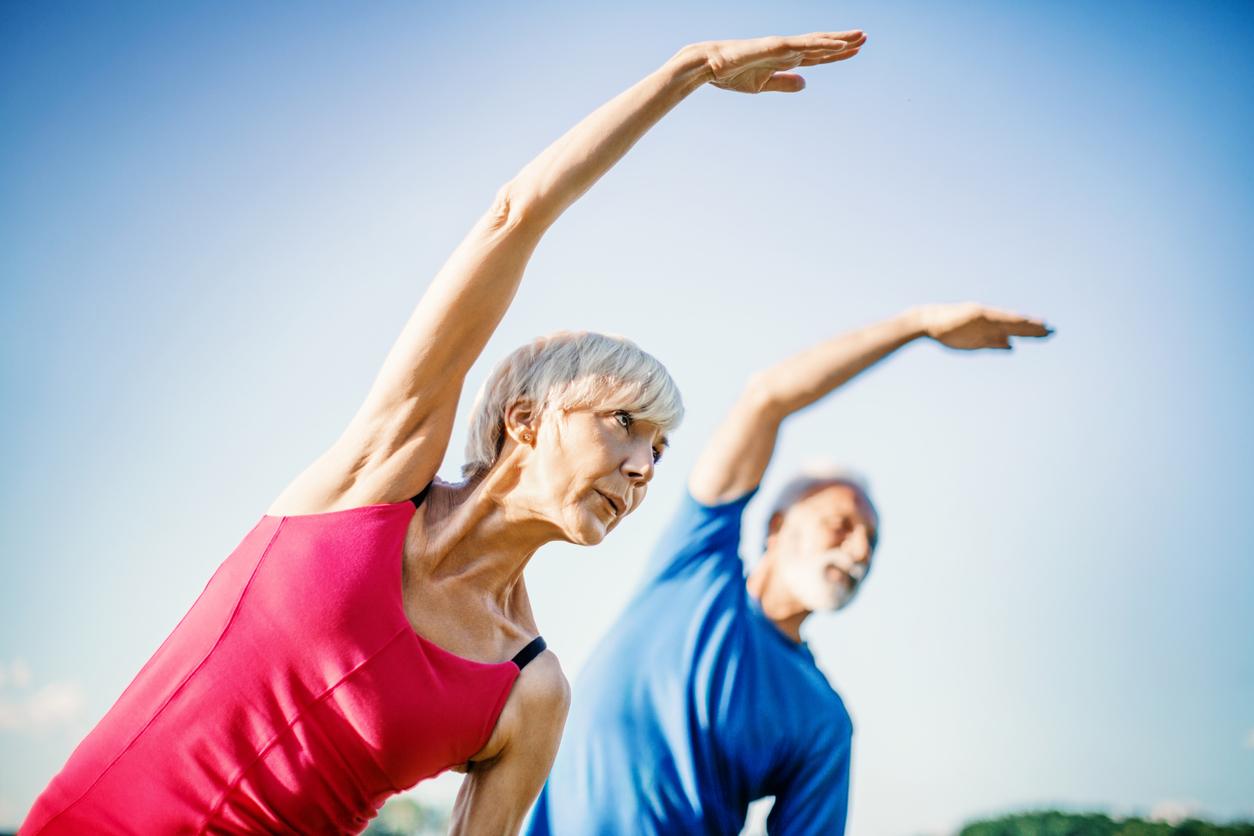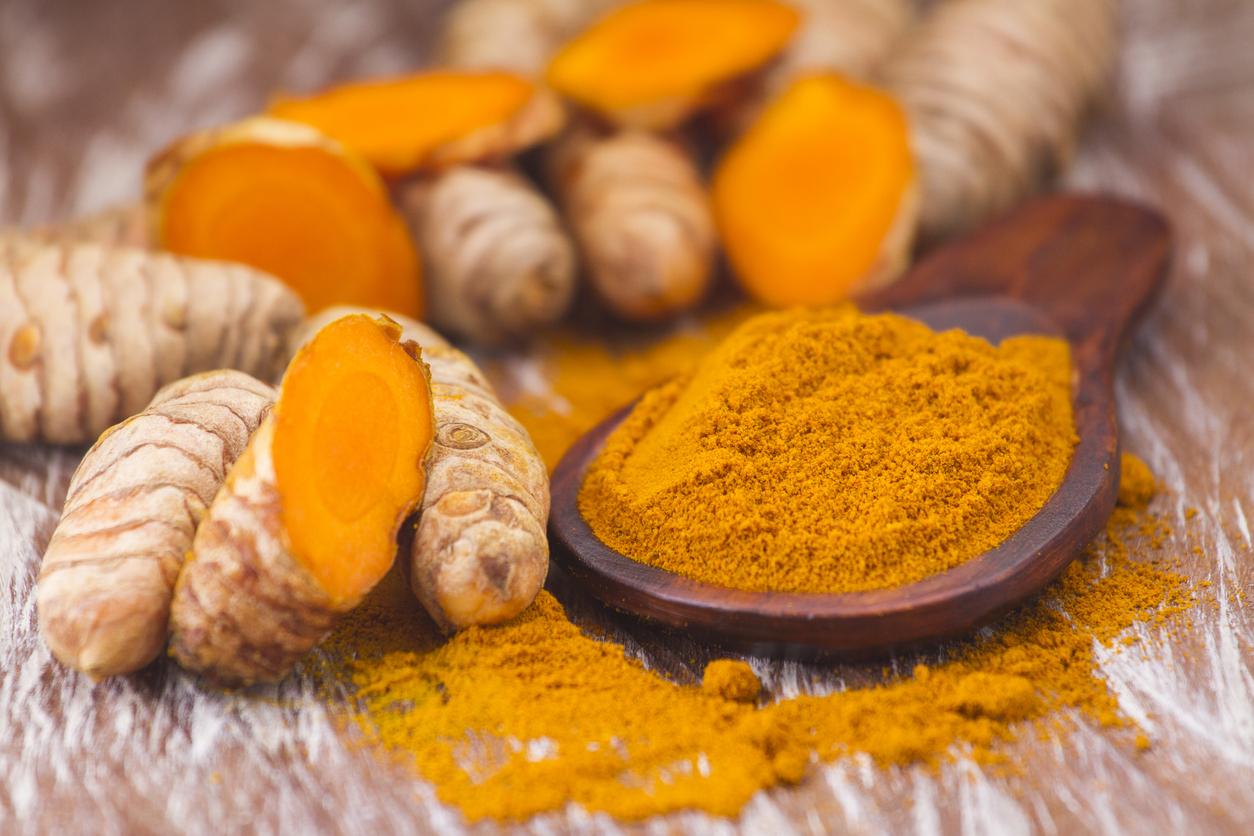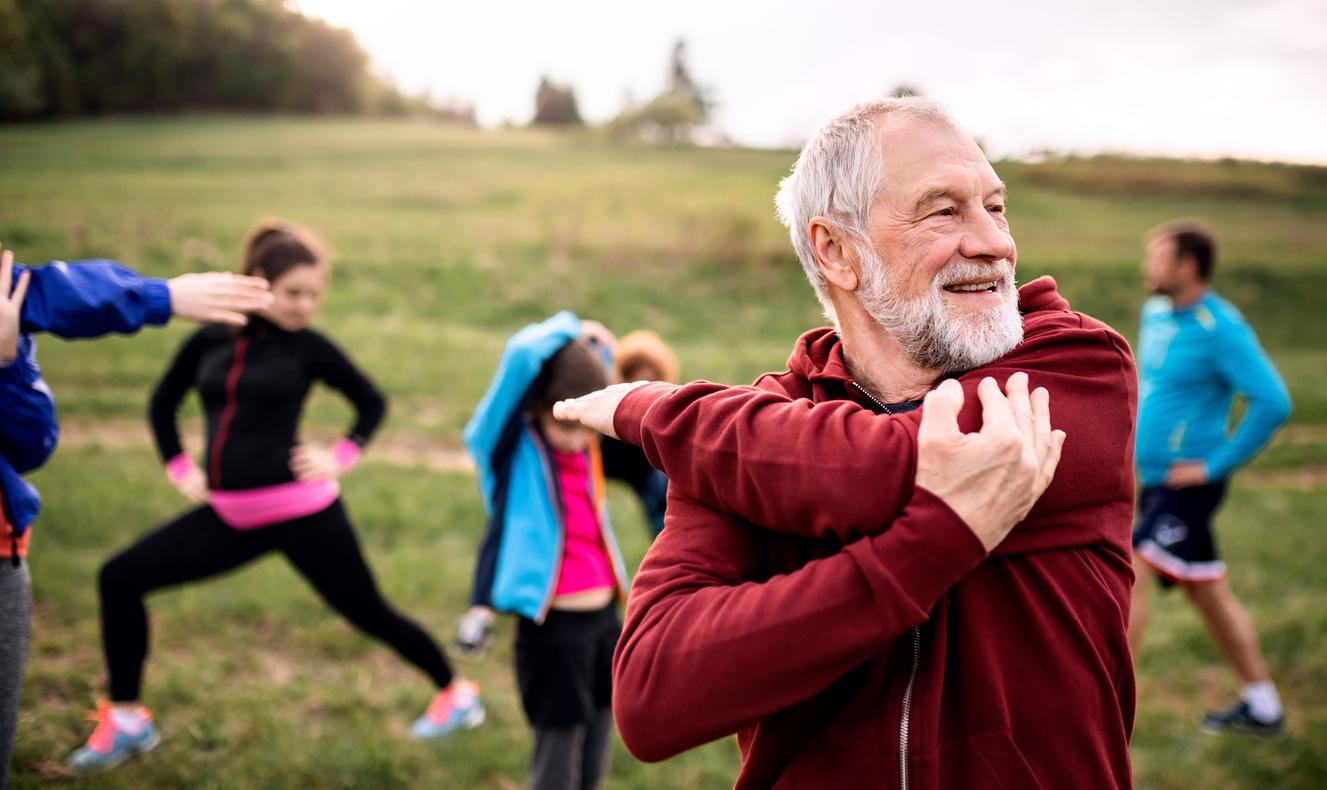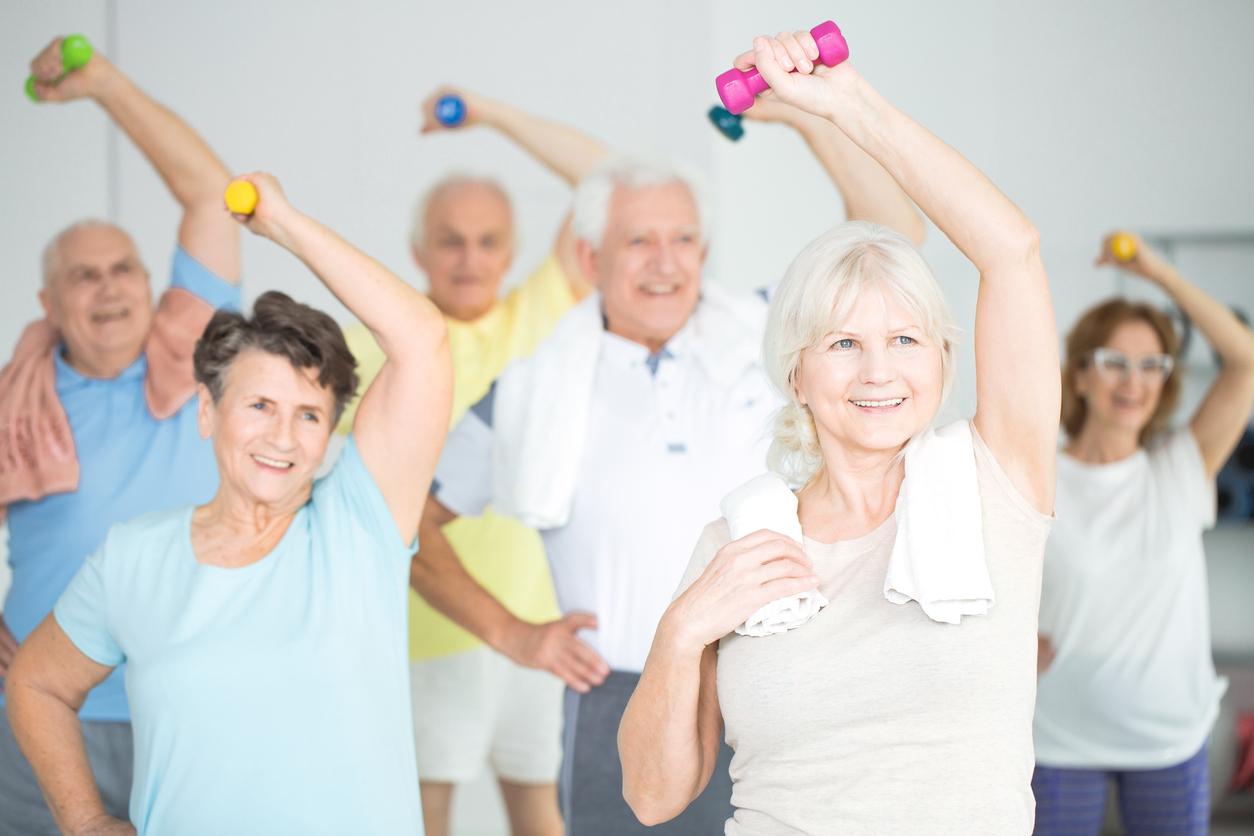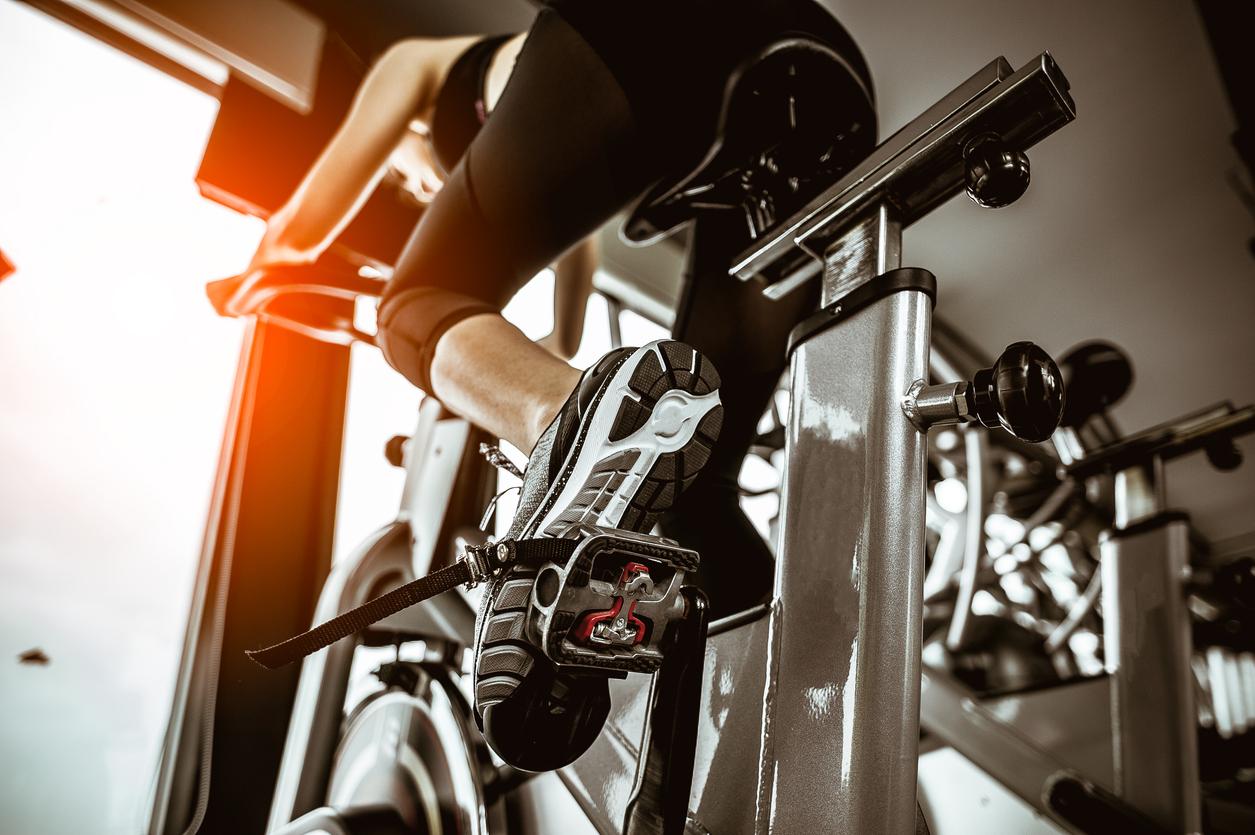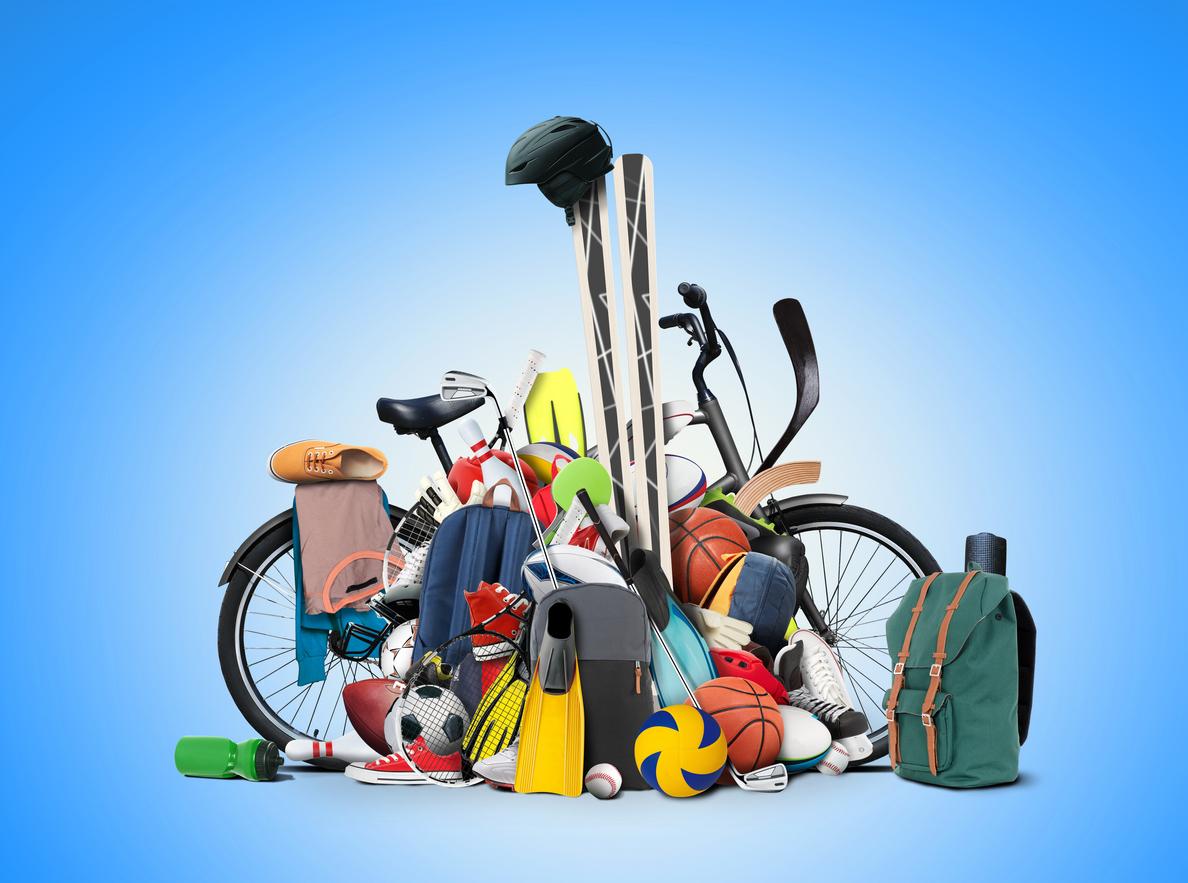Sports can sometimes lead to acid reflux, nausea, vomiting or even diarrhea. Update on the reasons for these gastrointestinal ailments and some advice to avoid them.

Exercising is good for your health. It boosts memory, helps fight dark thoughts and rejuvenates the body. But unfortunately, it can also lead to many inconveniences. Indeed, during sports, our shaken organs can cause our body to suffer from gastro-oesophageal reflux causing acid reflux, nausea or even vomiting, gastric cramps or accelerations of transit punctuated by bloating or, worse, diarrhea. Why Doctor explains to you here the origin of these uncomfortable ailments and how to avoid them.
What causes?
When we exercise, the muscles of the legs and arms contract. To work most efficiently, they require oxygen. The heart muscle therefore also contracts, which increases blood flow. To maximize the amount of blood to working muscles, the body diverts blood from inactive areas like the intestine. This diversion is supervised by the sympathetic nervous system which results in the narrowing of certain blood vessels. This is called the process of vasoconstriction.
The lack of blood flow can then alter the cells’ ability to absorb what has been digested and the way the broken down food passes through the intestine. These changes can lead to the unpleasant feeling of nausea and are all the more noticeable if the digestive system is actively trying to break down and activate the food. Especially if the meal in question was high in concentrated fats or carbohydrates.
What solutions?
That’s why it’s important not to eat too much before exercising and to wait at least an hour before starting a sporting activity. To avoid any gastrointestinal discomfort, some specialists even recommend practicing sport on an empty stomach in the morning, but on condition that you are well prepared and do not suffer from diabetes. The day before, eat complex carbohydrates so that your muscle glycogen stores are not empty the next day. Choose foods you are used to so as not to disturb your body. On site, to avoid the risk of hypoglycaemia (a too low concentration of glucose in the blood likely to cause dizziness, loss of balance and, in the worst case, fainting), take with you a source of quick energy like fruit jellies, compote or cereal bars. On returning home after an intense exercise session, you will also need to think about replenishing your stocks of sugars and proteins. You can find these in milk, yogurt, eggs, ham or nuts. For runners, the ability to rebuild glycogen stores is improved after a jogging session. Take the opportunity to absorb quick sugar that you will find in a banana or fruit juice. Rich in antioxidants, fruits will also help to repair any muscle micro-lesions.
But whatever you decide about your diet, the most important thing is to stay well hydrated before and throughout exercise. “Aim to drink about half a liter of fluid per hour, including low-carb, low-sodium sports drinks for high-intensity exercise,” says Anne R. Crecelius, Associate Professor of Health Sciences and of Sport, University of Dayton, in the United States, in a paper published in The Conversation. In order to avoid bloating, of course do not drink this half liter at once.
Decathlon, for its part, advises “alternate water and drinks fortified with mineral salts (particularly sodium) and carbohydrates. The fact of alternating makes it possible to respect the physiological balance and not to cause unpleasant symptoms” during your exercise. The sports brand is perplexed about energy drinks. “A hypo or hyper tonic drink is not adapted to the physiology of our body. It is always advisable to consume isotonic drinks where the composition of your drink is equivalent to the composition of body fluids, thus allowing optimal assimilation. When you consume a hypertonic drink, the concentration is higher than the physiological concentration. The digestion of this drink will lead to accelerations of transit and abdominal pain. On the other hand, it is recommended if the outside temperatures are high”, it is specified on the website. Even if it is very hot, avoid drinks that are too cold: the ideal temperature is between 10 and 15 degrees.
But if changing your diet doesn’t ring a bell, you can also moderate your exercise intensity. Logically, nausea occurs especially during intensive training where the competing demands on blood circulation are particularly high. If you are new to the sport, be careful to gradually increase the intensity of your sessions to get your body used to it. Some exercises are also more likely to cause stomach upset than others, such as cycling. Indeed, pedaling stationary at maximum intensity for only 30 seconds is enough to cause nausea. Do not hesitate to gradually increase the duration in addition to the intensity of the exercise. Finally, remember to warm up and cool down to avoid too rapid changes in your metabolism.
If despite all these arrangements, problems persist during or after your sports session, do not hesitate to talk to your doctor or seek advice from a sports trainer who will adapt the training to your needs.
.









